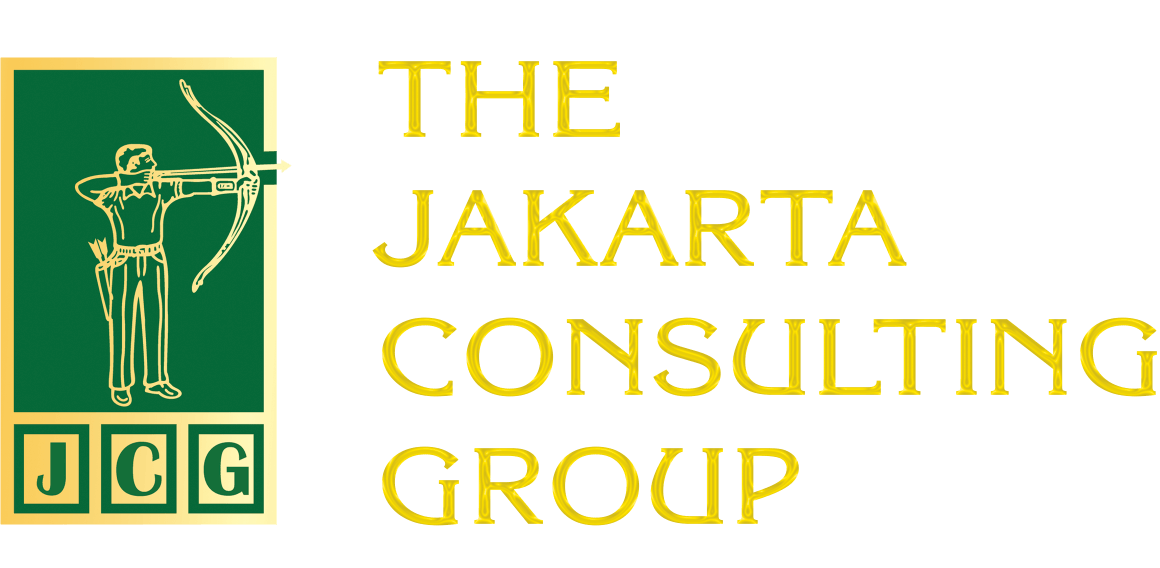In the long run, one of the keys to a company’s success is the right organizational structure, especially in an increasingly complex and competitive business world. One popular and strategic form of corporate structure is the holding company or business group.
A business group functions as a holding company that plays a role in planning, coordinating, consolidating, developing, and controlling with the aim of optimizing the overall performance of the company, including its subsidiaries and affiliates.
Advantages of Establishing a Holding Company
A group of companies can reap several benefits. From a financial perspective, the benefits that can be reaped are the ability to evaluate and choose the best business portfolio for the effectiveness of investments, optimization of resource allocation, and better tax management and planning.
Meanwhile, when viewed from a non-financial perspective, there are a number of benefits. The form of a holding company allows the company to build, control, manage, consolidate and coordinate activities in a multi-business environment. It also guarantees, encourages and facilitates the parent company, subsidiaries and affiliates to improve performance.
Equally important is building synergy among the companies that are members of the holding company and providing support for efficiency. In terms of leadership, there is also an institutionalization of individual leadership into the system.
Types of Parent Company Models
Not all business groups are formed in the same way. It is very important to understand the types so that the form that best suits the company’s needs and strategic objectives can be chosen.
Operating Holding Company

Operating holding companies are characterized by having only a few businesses with a high level of integration. The parent company is involved in decisions that are not only strategic but also operational. The parent company plays a “direct” role, and is involved in the daily operations of the subsidiary; as well as managing its own business operations.
This type of business group is suitable when there are relatively few subsidiaries and there is a close relationship between business units, whether in terms of production processes, markets, technology, or resources. For example, business units that operate along the same value chain (such as upstream to downstream agribusiness) or complementary businesses.
Likewise, if the parent company wants to ensure that all decisions follow the same direction (for example, because it maintains brand quality, culture, or safety standards). This model is also appropriate when operational synergies between units can make costs more efficient. For example: sharing functions such as finance, human resources, information technology, or supply chains.
Strategic Holding Company
In this type, the number of businesses that require selective integration is quite large; the involvement of the holding company is limited to strategic issues; the parent company manages certain cross-business relationships that require integration; and there is a relatively high level of independence in operational activities.
This type of holding company is appropriate if the company has many and diverse businesses. Of course, each business has its own needs, markets, and strategies. It is also suitable if not all units need to be integrated. Only a few activities (e.g., cross-sector R&D, marketing synergies, or the use of certain technologies) require coordination across business units.
Likewise, holding companies focus more on strategic issues such as capital allocation, acquisitions, restructuring, portfolio management, and governance. Strategic Holding companies play a role in maintaining harmony and efficiency between units, without having to intervene directly in everything.
Financial Holding Company

The latter type is a conglomerate of diverse businesses. These businesses require little to no integration between them. The parent company does not intervene in day-to-day operations. Each subsidiary operates with a high degree of independence. However, the parent company still monitors their overall performance.
A financial holding company is the right choice if a company wants to diversify its business into other sectors, for example, having businesses in the financial, property, food, and technology sectors at the same time. Because these businesses are not operationally interdependent, close integration is not necessary.
What is important is the strategic control and performance of each business unit. If the subsidiaries have solid management, the parent company does not need to interfere in the day-to-day operational decisions of the subsidiaries. The business group focuses more on performance monitoring, and a financial holding company form can also be applied.
This type of holding company is often used by large groups (such as in the financial industry or investment conglomerates) to manage diverse business portfolios. The holding company acts as a strategic investor, not a business operator.
A company can increase its overall value without changing systems or processes. If it also seeks to separate risk and liability, a financial holding company is a good option.
Financial holding companies are also effective when a company expands through acquisitions. But they maintain the operations of the acquired company with the existing business model and management. As long as it continues to make a profit.
Related Posts:
Five Essential Funds vs. Paylater: Financial Management Strategies that Impact Engagement and Wellbeing
Toxic Positivity in the Workplace: When Excessive Work Motivation Backfires
Understanding the Phenomena of Job Hugging & Job Hopping in the World of Work in 2025
When Organizational Culture Loses Its Way: The Risk of an Overly Flexible Structure
When Google’s Business Domination is on the Line











